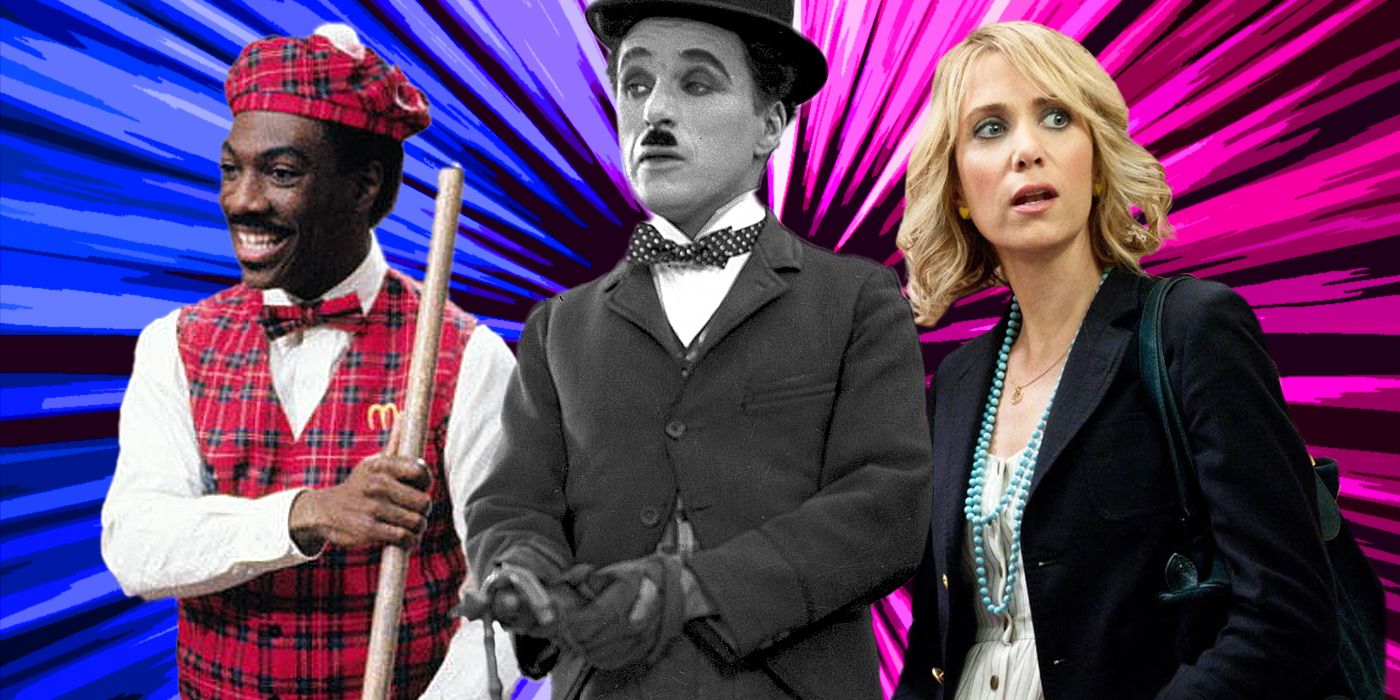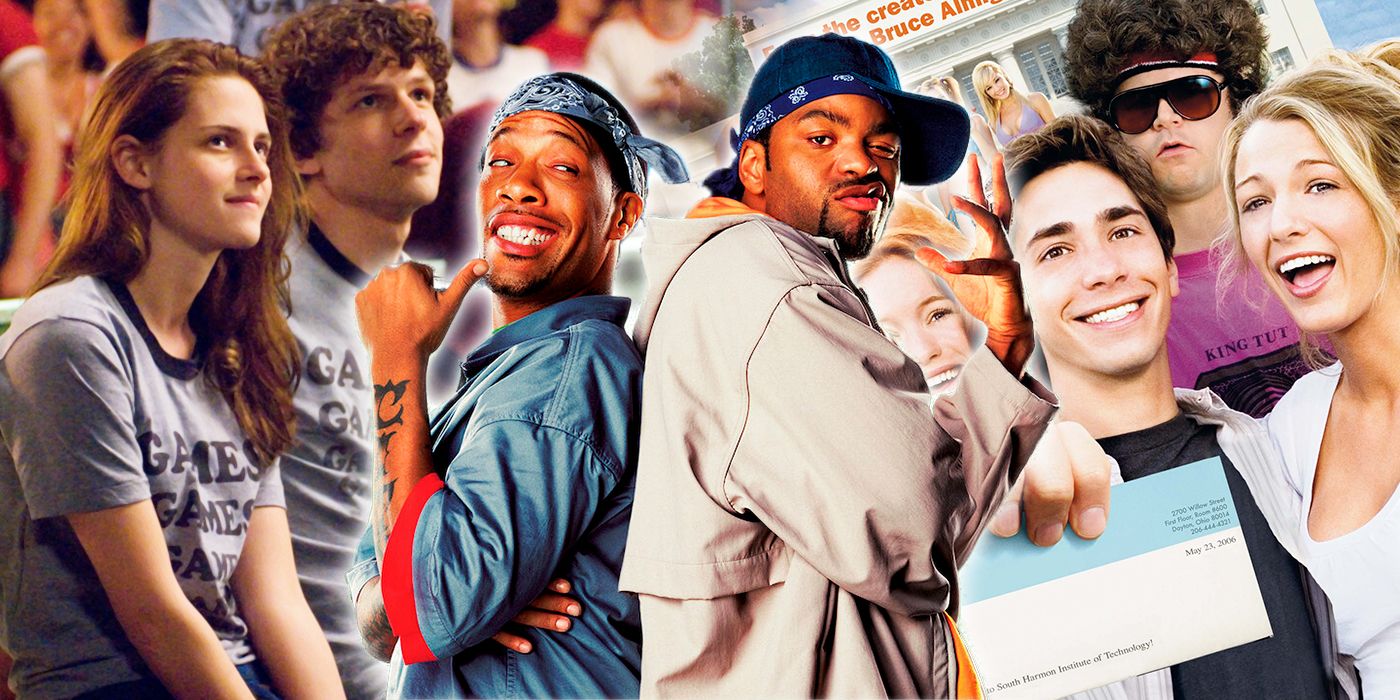The Cinematic Tapestry of 2017: Unveiling the Unforgettable
The year 2017 was a cinematic odyssey, a journey that unfolded with a diverse array of films, each contributing to the rich tapestry of storytelling. As we delve into the archives of that remarkable year, let’s explore the movies that left an indelible mark, weaving tales that resonated with audiences and critics alike.

1. “Dunkirk”: A Nolanian Spectacle
In the summer of 2017, Christopher Nolan presented “Dunkirk,” a war film that redefined the genre. With its nonlinear narrative and intense realism, Nolan crafted a cinematic spectacle that immersed audiences in the harrowing evacuation of Allied soldiers during World War II. The film’s use of IMAX cameras and practical effects elevated it to a status of visual grandeur seldom seen in war cinema.
“Dunkirk” showcased Nolan’s penchant for meticulous storytelling and innovative filmmaking, cementing its place as a cinematic tour de force.
2. “Get Out”: A Genre-Defying Triumph
Jordan Peele’s directorial debut, “Get Out,” emerged as a groundbreaking film that transcended traditional genre boundaries. Combining horror, satire, and social commentary, the film explored racial tensions in America with a fresh and thought-provoking perspective. The term “sunken place,” introduced in the movie, became a metaphor for the marginalization and exploitation of African Americans.
“Get Out” not only resonated with audiences but also sparked important conversations about race and privilege in contemporary society.
3. “Blade Runner 2049”: A Visual Symphony
Denis Villeneuve’s “Blade Runner 2049” continued the legacy of Ridley Scott’s original masterpiece. With its mesmerizing cinematography and profound exploration of artificial intelligence, the film expanded the narrative universe while maintaining the essence of the neo-noir aesthetic. The term “replicant,” a nod to the original film, gained new layers of complexity in the sequel.
“Blade Runner 2049” was hailed for its visual splendor and philosophical depth, contributing to the enduring legacy of the Blade Runner universe.
4. “The Shape of Water”: Guillermo del Toro’s Fantasy
Guillermo del Toro’s “The Shape of Water” unfolded as a whimsical fairy tale that captivated audiences with its enchanting narrative. The film, often described as a “romantic fantasy drama,” introduced the term “Amphibian Man” to refer to the mysterious aquatic creature at the center of the story. Del Toro’s unique blend of romance, fantasy, and social commentary earned the film critical acclaim and multiple accolades, including the Academy Award for Best Picture.
“The Shape of Water” showcased del Toro’s ability to weave magical realism into poignant narratives, creating a cinematic experience that lingered in the hearts of viewers.
5. “Lady Bird”: Greta Gerwig’s Coming-of-Age Gem
Greta Gerwig’s directorial debut, “Lady Bird,” emerged as a coming-of-age gem that resonated with authenticity and charm. The film, often described as a “dramedy,” delved into the complexities of adolescence and the mother-daughter relationship. The term “Lady Bird,” a chosen name by the protagonist, became a symbol of individuality and the quest for identity.
“Lady Bird” showcased Gerwig’s talent for storytelling and her ability to capture the nuances of human relationships with wit and sincerity.
6. “Coco”: Pixar’s Musical Extravaganza
Pixar’s “Coco” transported audiences to the vibrant world of Mexican culture through the tale of Miguel, a young aspiring musician. The animated film, often described as a “musical fantasy,” introduced the term “Day of the Dead” to a global audience. With its celebration of family, traditions, and the power of music, “Coco” became a heartwarming and visually stunning addition to Pixar’s repertoire.
“Coco” showcased the ability of animated films to transcend cultural boundaries and resonate with audiences of all ages.
7. “Three Billboards Outside Ebbing, Missouri”: A Dark Comedy Drama
Martin McDonagh’s “Three Billboards Outside Ebbing, Missouri” presented a darkly comedic exploration of grief, justice, and redemption. The film, often categorized as a “crime drama black comedy,” introduced the term “billboard activism” to describe the protagonist’s unconventional quest for justice. Frances McDormand’s powerhouse performance garnered widespread acclaim, earning her the Academy Award for Best Actress.
“Three Billboards” stood out for its sharp writing, complex characters, and the boldness with which it tackled weighty social issues.
Conclusion: A Cinematic Legacy
As we reflect on the cinematic landscape of 2017, these movies emerge as beacons of creativity, pushing the boundaries of storytelling and visual expression. Each film, with its uncommon terminology and distinctive narrative, has contributed to the cinematic legacy of that remarkable year, leaving an indelible imprint on the hearts and minds of audiences.
For further exploration into the world of cinema and a glimpse into the latest releases, visit Rotten Tomatoes.
© 2024 Cinematic Chronicles. All rights reserved.





